Narrative Journeys of
Young Black Women
with Eating Disorders
Lexington Studies in Health Communication
Series Editors: Leandra H. Hernndez and Kari Nixon
National and international governments have recognized the importance of widespread, timely, and effective health communication, as research shows that accurate, patient-centered, and culturally competent health communication can improve patient and community health care outcomes. This interdisciplinary series examines the role of health communication in society and is receptive to manuscripts and edited volumes that use a variety of theoretical, methodological, interdisciplinary, and intersectional approaches. We invite contributions on a variety of health communication topics including but not limited to health communication in a digital age; race, gender, ethnicity, class, physical abilities, and health communication; critical approaches to health communication; feminisms and health communication; LGBTQIA health; interpersonal health communication perspectives; rhetorical approaches to health communication; organizational approaches to health communication; health campaigns, media effects, and health communication; multicultural approaches to health communication; and international health communication. This series is open to contributions from scholars representing communication, womens and gender studies, public health, health education, discursive analyses of medical rhetoric, and other disciplines whose work interrogates and explores these topics. Successful proposals will be accessible to an interdisciplinary audience, advance our understanding of contemporary approaches to health communication, and enrich our conversations about the importance of health communication in todays health landscape.
Recent Titles in This Series
Narrative Journeys of Young Black Women with Eating Disorders: A Hidden Community among Us
By Stephanie Hawthorne
Unintended Consequences of Electronic Medical Records: An Emergency Room Ethnography
By Barbara Cook Overton
eMessaging and the Physician/Patient Dynamic: Practices in Transition
By Susan Wieczorek
Communicating Mental Health: History, Contexts, and Perspectives
By Lance R. Lippert, Robert D. Hall, Aimee E. Miller-Ott, and Daniel Cochece Davis
CTE, Media, and the NFL: Framing of a Public Health Crisis as a Football Epidemic
By Travis R. Bell, Janelle Applequist, and Christian Dotson-Pierson
Challenging Reproductive Control and Gendered Violence in the Americas: Intersectionality, Power, and Struggles for Rights
By Leandra Hinojosa Hernndez and Sarah De Los Santos Upton
Politics, Propaganda, and Public Health: A Case Study in Health Communication and Public Trust
By Laura Crosswell and Lance Porter
Communication and Feminist Perspectives on Ovarian Cancer
By Dinah Tetteh
Narrative Journeys of
Young Black Women
with Eating Disorders
A Hidden Community among Us
Stephanie A. Hawthorne
LEXINGTON BOOKS
Lanham Boulder New York London
Published by Lexington Books
An imprint of The Rowman & Littlefield Publishing Group, Inc.
4501 Forbes Boulevard, Suite 200, Lanham, Maryland 20706
www.rowman.com
6 Tinworth Street, London SE11 5AL, United Kingdom
Copyright 2020 The Rowman & Littlefield Publishing Group, Inc.
All rights reserved . No part of this book may be reproduced in any form or by any electronic or mechanical means, including information storage and retrieval systems, without written permission from the publisher, except by a reviewer who may quote passages in a review.
British Library Cataloguing in Publication Information Available
Library of Congress Cataloging-in-Publication Data
Names: Hawthorne, Stephanie A., author.
Title: Narrative journeys of young black women with eating disorders : a hidden community among us / Stephanie A. Hawthorne.
Description: Lanham : Lexington Books, [2019] | Series: Lexington studies in health communication | Includes bibliographical references and index.
Identifiers: LCCN 2019045466 (print) | LCCN 2019045467 (ebook) | ISBN 9781498589833 (cloth) | ISBN 9781498589123 (epub)
Subjects: LCSH: Eating disorders in womenUnited States. | Eating disorders in adolescenceUnited States. | African American womenMental healthUnited States.
Classification: LCC RC552.E18 H387 2019 (print) | LCC RC552.E18 (ebook) | DDC 616.85/2600835dc23
LC record available at https://lccn.loc.gov/2019045466
LC ebook record available at https://lccn.loc.gov/2019045467
 The paper used in this publication meets the minimum requirements of American National Standard for Information SciencesPermanence of Paper for Printed Library Materials, ANSI/NISO Z39.48-1992.
The paper used in this publication meets the minimum requirements of American National Standard for Information SciencesPermanence of Paper for Printed Library Materials, ANSI/NISO Z39.48-1992.
To my baby girl who, in the face of struggle, has continued to see the light, spread your wings, and love. Thank you for showing me what courage looks like, even for standing in the gap when there were times, I couldnt see it within myself. Thank you for showing me grace. You are an AMAZING being who is beautiful inside and out. I love you always and forever. And like I always say, I thank God for blessing and entrusting me with you!
Contents
My research, which ultimately morphed into this book, is very special to my heart. It was prompted by someone close to me who revealed that she was struggling internally, with body image and extreme thoughts to lose weight. The conflict later led to a diagnosis of an eating disorder. Fortunately, with the grace of God and help of family, she received immediate medical attention and treatment for her condition.
This wasnt the complete story as initially told between the young girl and her family member but poignant enough to share:
I dont like what I see when I look in the mirror, said the adolescent girl.
Bewildered, the family member replied, What? How can that be? What is it that you see?
I am fat. I am ugly, the young girl said.
No, youre not. Youre beautiful! exclaimed the family member.
I dont see it and I dont want to eat. Food makes me sick.
What do you mean? You have to eat baby. If you dont eat, youll die.
How This Book Came to Be
This is a snippet of a similar conversation I had with my daughter during the beginning of her freshman year in high school. Although I first learned of her growing condition at this stage in her life, these lies on her self-image triggered by events, social occurrences, and need for control as manifested through ill behaviors and thoughts had already been brewing for almost a year unbeknownst to me. The seed had been planted well before my realization that something was wrong. Only when the signs and symptoms became clearer in her life that I was able to observe what she was manifesting as a middle adolescent.
I was devastated when I heard those sorrowful words flow from my daughters mouth on that faithful night. I heard her truthtruth full of pain, numbness, confusion, and chicanery being told to her. As I sat there listening to her hearts cry, I felt helpless as her mom. I would have done anything to take the agony away. I felt intense pain to see in my daughters eyes the suffering she felt and yet my words, in my finite strength, could not erase it nor convince her to change her mind. I imparted love into her and pleaded with her to listen to my rationale. Ignoring my pleas to change her mind, she continued to let her voice be heard. No filter. Although I did not understand what was truly happening at that moment in time, I knew I was dealing with something grave. As her mother I perceived the sheer emptiness emanating from my daughters soul and it was enough for her to be placed in therapy, immediately.

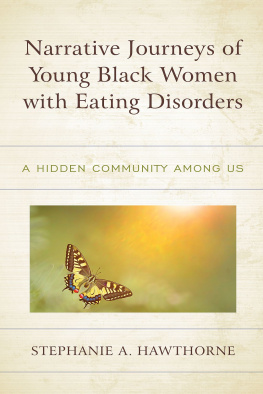
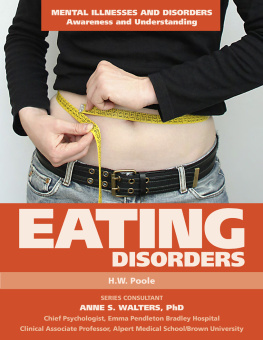
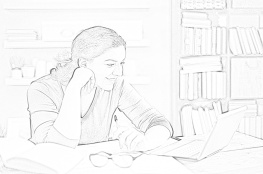
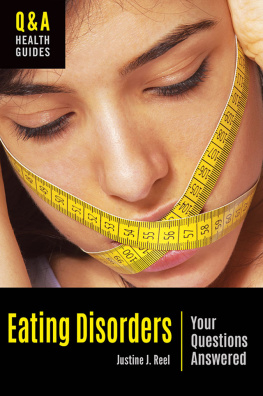
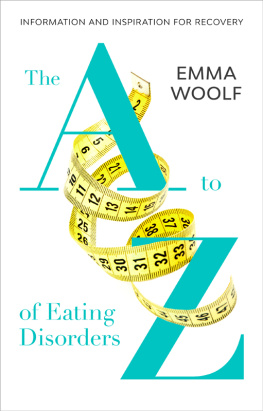






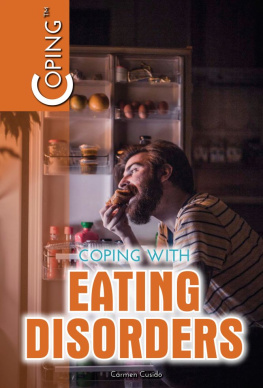

 The paper used in this publication meets the minimum requirements of American National Standard for Information SciencesPermanence of Paper for Printed Library Materials, ANSI/NISO Z39.48-1992.
The paper used in this publication meets the minimum requirements of American National Standard for Information SciencesPermanence of Paper for Printed Library Materials, ANSI/NISO Z39.48-1992.